(and why is it in the Shoofly?)
Yes, it’s a real event. Take some of the country’s leading naturalists, cram them into cars together for 24 hours, and challenge them to find more birds than the other big guns. It’s one of the country’s most intense competitions – it’s all for charity – and we flew to New Jersey to play. - By Dena Temple
Because of its location and geography, one of the best areas in the country to enjoy the spectacle of bird migration is New Jersey. It so happens that my mother and sister live there – and so did I, until three years ago, when we made our own “migration” to beautiful Mississippi. I do miss bird-watching in New Jersey, and I miss my family, too. Both were great reasons to book two tickets to the Garden State in May. But there was another great reason to go: The World Series of Birding. It is the Super Bowl of bird-watching – and we were going to compete in it! About WSB NJ Audubon’s World Series of Birding (WSB) was an idea borne in 1984 between three friends at a bar in Cape May, New Jersey. What started as a challenge between buddies over beers has turned into a phenomenon and the largest conservation fundraiser of its kind anywhere. The object of the “game” is to identify by sight or sound as many species of birds as possible in a 24-hour period. It’s a team sport, and the teams compete to raise money for their favorite environmental charities. Since its inception almost 40 years ago, more than $10 million has been raised for bird conservation through pledges and donations. The WSB Experience Teams start at midnight and search for birds until midnight the following night. Nocturnal birds are the target in the overnight hours, when it’s peaceful, quiet and beautiful. Binoculars are not needed at night, but good hearing is essential to catch not only the hoots of resident owls and whip-poor-wills, but the call notes of migrating birds. Skilled birders can tell birds apart by little chips and twits as they pass high overhead. First light brings the “dawn chorus,” when birds, driven by instinct, can’t help but burst into song. Often, so many birds are singing at once that it is hard to pick them all out of the cacophony. It’s a wonderful problem to have! As the day progresses, teams move around the state, ticking off birds on the checklist – open fields, forests, pastureland – good teams visit as many different habitats as possible. As the sun crosses high overhead, birds are quieting down and getting harder to find. Then, shorebirds become the target; they don’t mind the noonday sun. While birds are still around later in the day, it gets harder to find new species as day turns to dusk. The second night is an opportunity to find birds missed the first night – but by then, competitors may be sleepy, or confused, or even mildly hallucinating from fatigue and lack of rest. One question I’m often asked is, “How do you prove what you saw?” First, at least two team members must see every bird. Second, teams operate on the honor system. The birding hobby is a tightly-knit community, and it would be fairly obvious to everyone if a team was cheating. In that case, the offending team’s score would be challenged, meaning they would be disqualified. It would be an utter disgrace, and it has never happened. It’s fun, challenging, frustrating, infuriating – and highly addictive. And it’s so unusual that it was featured in a special report by a young Steve Carell on The Daily Show back in 2000. Watch here (will open in a new window):
Our WSB Experience John and I began participating in the WSB in 1998, fielding our own Level 2 (non-competing) team to raise money for our local Audubon chapter. Being new to the hobby then, our results that first year were dismal – we had lots of enthusiasm but little skill or strategy. Undaunted, we participated every year. We got a little better each time, and we raised a little more money every year. In 2004 we started fresh with our best birding friends, and re-branded ourselves with a clever new name: Cheep Trills. Everyone in this new group was as competitive as we were, and we raised enough money to start a scholarship fund for high-school students pursuing a college degree in wildlife conservation. We also decided to change divisions; rather than search the whole state, we would limit our search to our county only; more birding, less driving. Our new team was very enthusiastic – and very competitive. We waded in wetlands imitating marsh birds, trying to get them to call. We scampered over railroad bridges to see shorebirds; drove on dikes through wetland impoundments, and trespassed (more than once) in search of just.one.more.bird. We were pulled over by local police, state police, and even military police in a naval weapons arsenal! One of our team members, Mike, was smacked in the face by a split-rail fence slat; we dusted him off and told him to “shake it off” as we raced to the next bridge/pond/trail. Luckily, we avoided a trip to the emergency room. Cheep Trills always started at midnight giddy with anticipation. Through the night we drove from place to place, cheek to cheek in a rental van, laughing and sharing anecdotes from past adventures. We traveled from habitat to habitat methodically ticking off grassland birds, shorebirds, wood-warblers, herons, sparrows, and waterfowl. John was the driver for all 24 hours, and I managed the navigation; another team member kept track of the checklist. By 3:00 pm, after being in close quarters for 15 hours—we hated each other. It happened around the same time every year, caused by a caffeine crash, improper eating and a lull in the action. Luckily, it never lasted. The day would end when we ran out of birds to look for – or we ran out of the will to continue; sometimes both. By then we felt tired, but good; someone inevitably brought enough beer to go around, and we all toasted the day’s successes and failures and shared a big group hug. Even a bad WSB day was a good day. You Can Go Home Again We participated almost every year until we moved to Mississippi in 2018. Now, 2022 was going to be the year of the The Big Comeback. There was just one problem: The team was disbanded, and its members were part of another team! While we could not rebuild the team, we resigned ourselves to join a “century run” team led by NJ Audubon. The team is so named because each team member must pledge to either raise or donate at least $100 to NJ Audubon, and we were happy to do so. This team would look for birds in one specific area for all 24 hours, the Sandy Hook Unit of Gateway National Recreation Area, very close to where I used to live. Sandy Hook is a birder’s paradise, having recorded more than 325 species of birds either nesting there or passing through as they migrate along the Atlantic Flyway. It wouldn’t be the same, I told myself, but it would still be great. I counted the days until I could see my friends, see my family, and run around like a crazy person again! WSB 2022 As the plane touched down at Newark Liberty Airport, the butterflies came to life in my stomach. Seeing the New York skyline from the window of the big jet served to heighten the anticipation, not only about the big event on Saturday but about seeing Mom and visiting old friends and old haunts. After a much-anticipated Portuguese lunch in the Ironbound section of Newark, we made our way to Mom’s house in Union. She will be 88 in July, and seeing her face always makes me feel warm and safe. She was so happy to see us, and I wore the joy of being “home” like a lapel pin all week. Tired, we headed for the hotel to rest up for the big event. We packed food, snacks, drinks, and necessities like sunscreen, bug spray, rain ponchos (just in case), and a tick puller. Dog, deer and Lone Star ticks are common in New Jersey, carrying a number of dangerous diseases such as Lyme Disease. We are all mindful of this and will check ourselves, and each other, several times a day. The evening before the event, I got a text from Scott Barnes, the leader of the Sandy Hook team. The weather, he said, didn’t look good. Fog was forecast along with intermittent rain. There was no point in starting in the wee hours; we would meet at 8 am. Off to a rocky start. 
In foggy Asbury Park, NJ, the night before the event. The image on the building is Tillie, who has come to be a "patron saint" of Asbury Park. The original image adorned the wall of Palace Amusements, a local arcade; the wall was preserved when the building was demolished, and the city plans to make it a tourist attraction. Click on the photo to learn more.
Let the Counting Begin The rental car sliced through the fog, finding a parking space in Lot B on Sandy Hook, which juts from the northern edge of the Jersey Shore, pointing toward Manhattan. A group of about 20 middle-aged people congregated, details lost in the haze. In the fashion department, there was lots of green and khaki, and serious hiking shoes were the order of the day. Binoculars, or “bins,” are as important to a birder as a rod and reel to a fisherman; you can’t get by without them. There was lot of high-priced optics in that parking lot – these folks were serious about birds. We walked toward the group, trying not to interrupt Scott, who was addressing them. “Whoa! Dena and John!” he exclaimed, and that was the end of whatever he was talking about. The next five minutes was hugs all around and lots of catching up. All three members of the latest configuration of Cheep Trills were there: Debbie Stewart, Rob Fanning, and his wife and fellow Birder with a capital B, Lisa. Scott was almost apologetic about the weather, but there was no choice but to play the hand we were dealt. Let the games begin! 
USGS aerial map shows the area known as the "New York Bight." Areas of Gateway National Recreation Area are circled in yellow; Sandy Hook is the peninsula that juts out from the New Jersey coast at the bottom of the image. The "pitchfork" that juts from the Rarital Bay shoreline is the pier at Naval Weapons Station Earle. | USGS
Playing the Game Actually, the game began while we were chatting in the parking lot. It’s not uncommon for birders to interrupt their stories with bird sightings: “Yes, we really like living on the Mississippi Gulf Co- Osprey over the water tower! – Gulf Coast.” On a “serious” WSB day, there would be little chit-chat while birding; today, there was plenty. It is hard to keep all members of a group this large focused on one bird, so often, the group would break up into smaller pods – some birding, some chatting. It may not have been ideal birding situation, but doing something you love with people you love is its own reward. We moved from one habitat to the next: bay-side sand dunes, beach, upland forests, and grassy fields. We counted more birds by sound than by sight, thanks to the persistent fog, but birds you count by sound are worth just as much as birds you see. Scott plodded through a salt marsh trying to scare up a Saltmarsh Sparrow with no luck, but he did upset several Clapper Rails in the process, which voiced their displeasure and therefore made our list. We saw baby Great Horned Owls on a platform nest, the location of which is now the worst-kept secret on “The Hook.” We spotted a Piping Plover on the beach through the fog. And we sighted three falcon species: Peregrine Falcon, Merlin and American Kestrel. Final results We stopped for a quick brown-bag lunch around 1:30 pm, and shortly thereafter, the skies opened up in earnest. Scott called the end of the damp day around 2:40. Our final tally: 98 species. While we were disappointed with the final total, we considered the day – and the vacation – an overwhelming success. We visited with friends over Sunday brunch; ate pork-roll-egg-and-cheese on crusty bagels; and spent lots of time in the field with crazy birders, just like us. We ended the trip with a fancy, late Mother’s Day dinner at Mom’s favorite neighborhood Italian restaurant. She had a ball. As the plane lifted off the following morning toward our adopted home, we recounted all the good times, lamented the birds we missed, and agreed that even though the experience was different, it was great. We’ve already started planning for next year! Enjoy this feature?
Enjoy the Shoofly Magazine? Reader donations help underwrite correspondents who write about and photograph our community.
Use the button below to join our Readers’ Circle! Comments are closed.
|
Categories
All
Archives
July 2024
|
Shoofly Magazine Partners
Our Shoofly Partners are local businesses and organizations who share our mission to enrich community life in Bay St. Louis, Waveland, Diamondhead and Pass Christian. These are limited in number to maximize visibility. Email us now to become a Shoofly Partner!

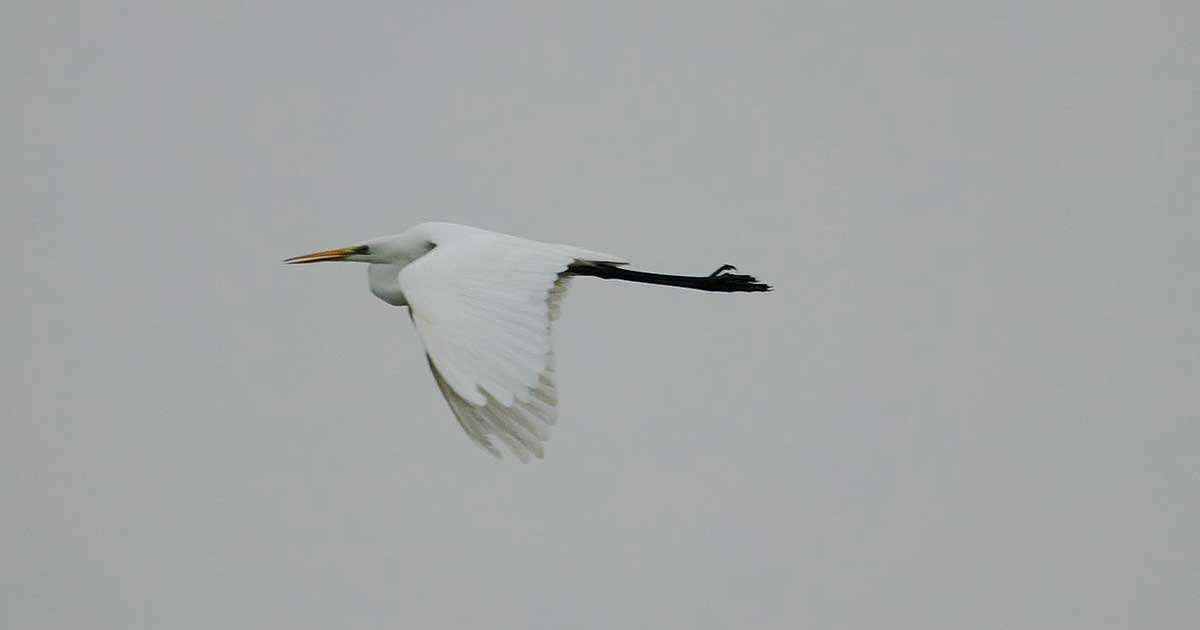
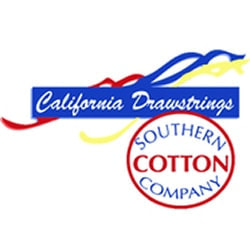

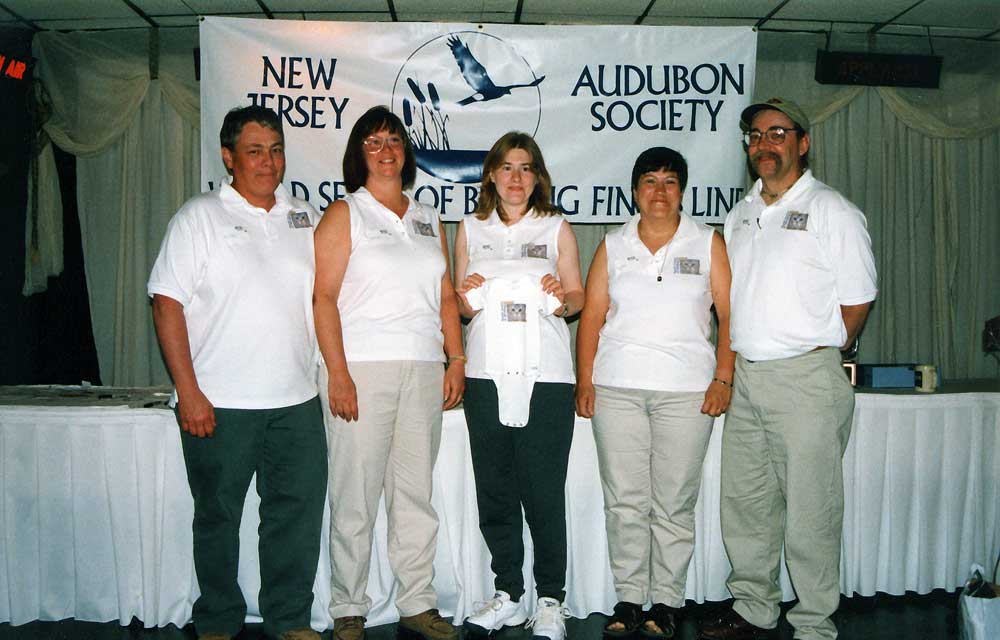
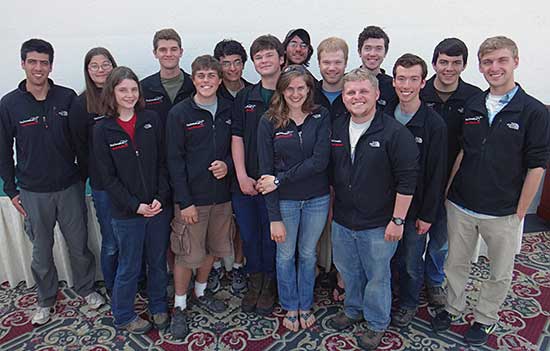
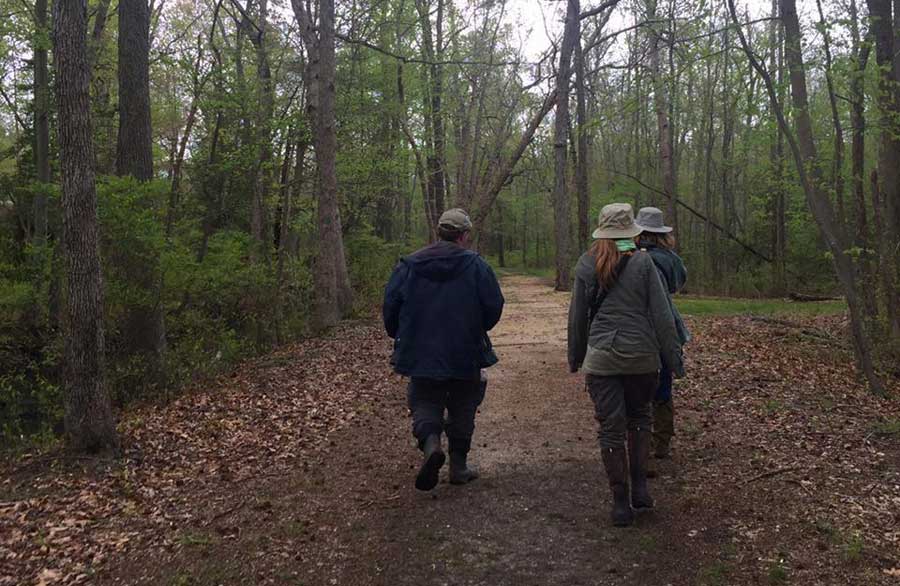
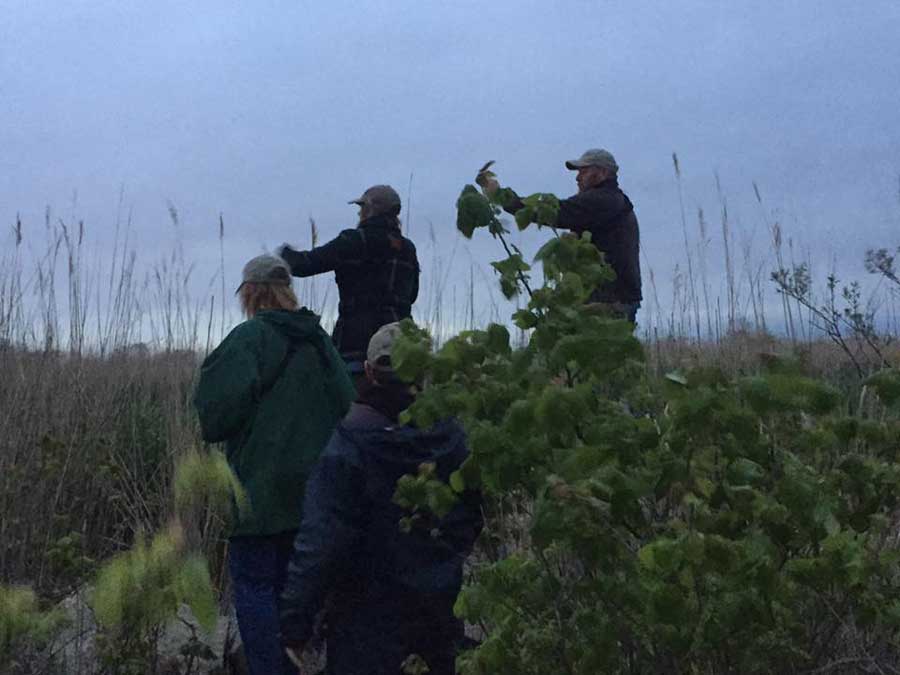
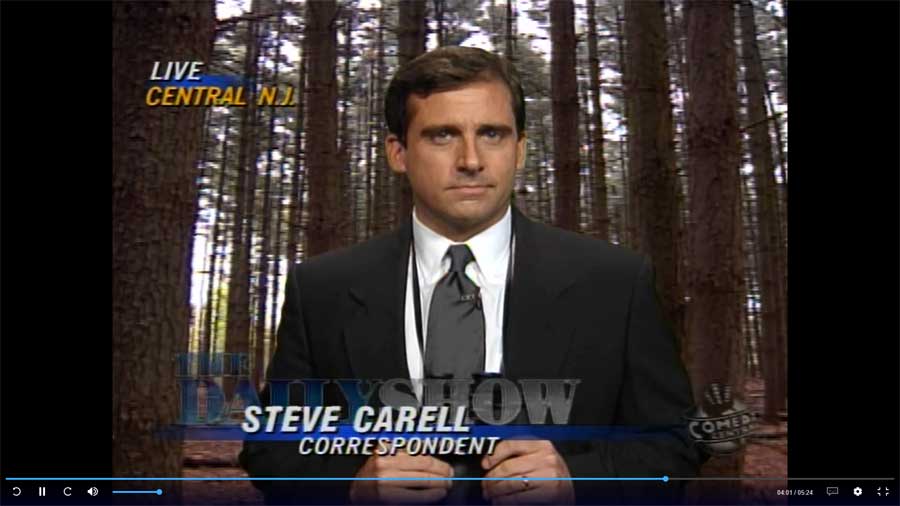
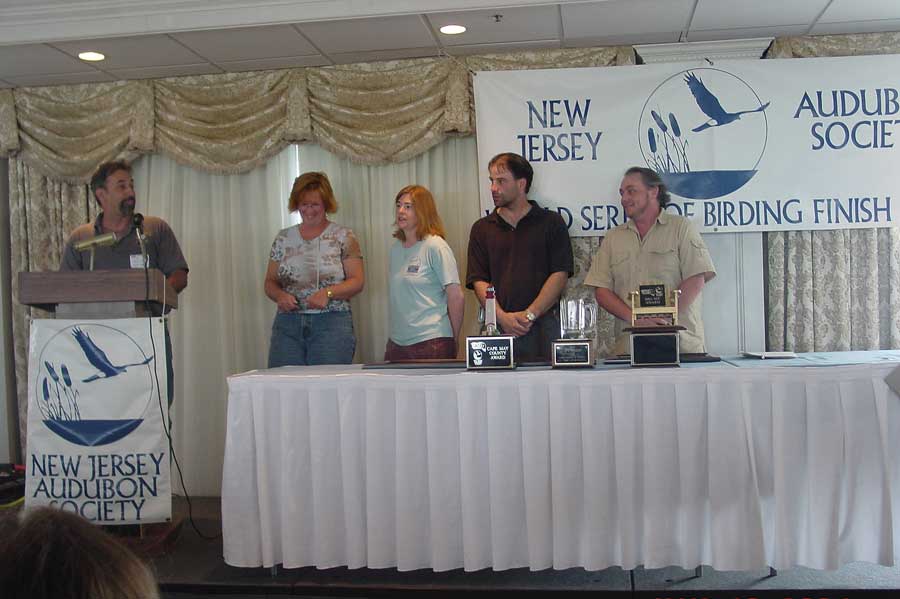
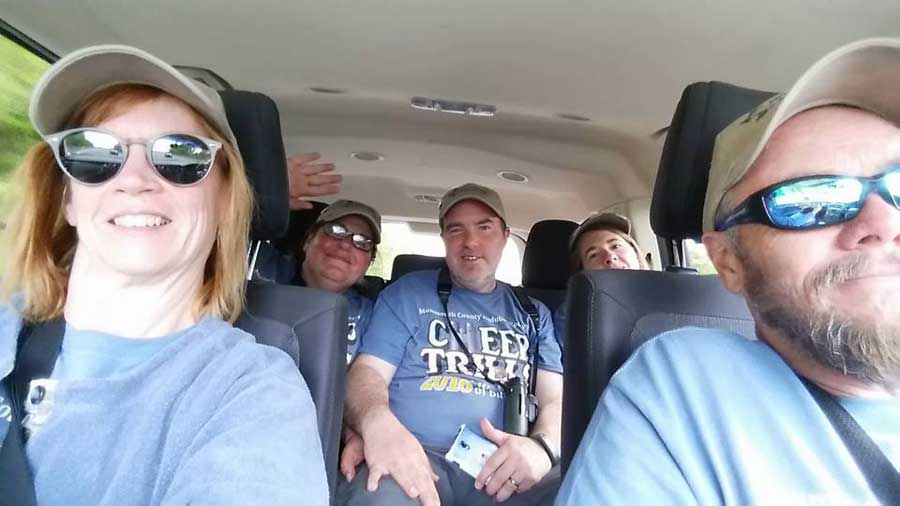
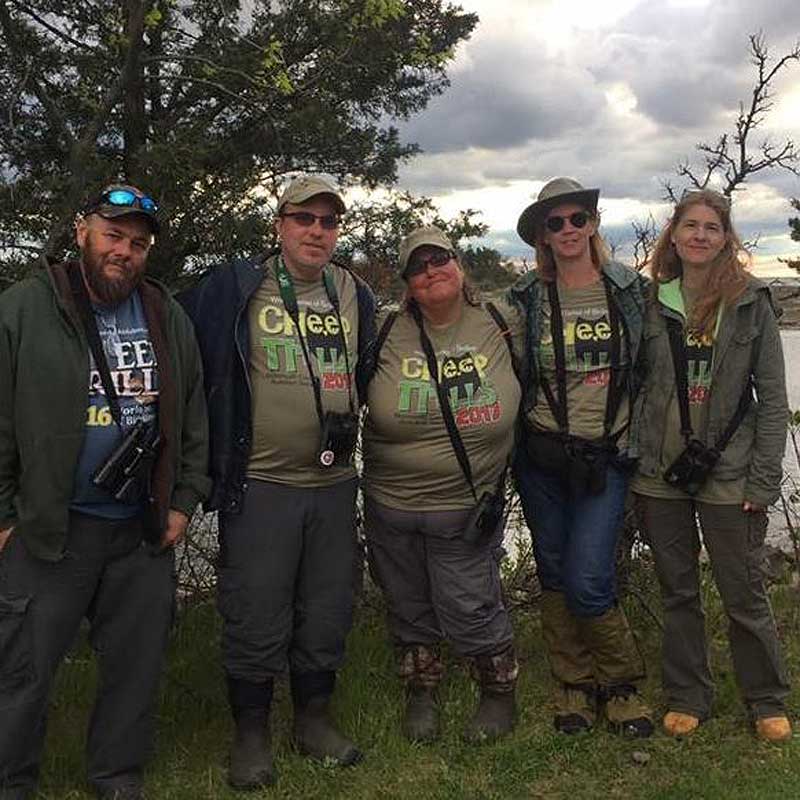

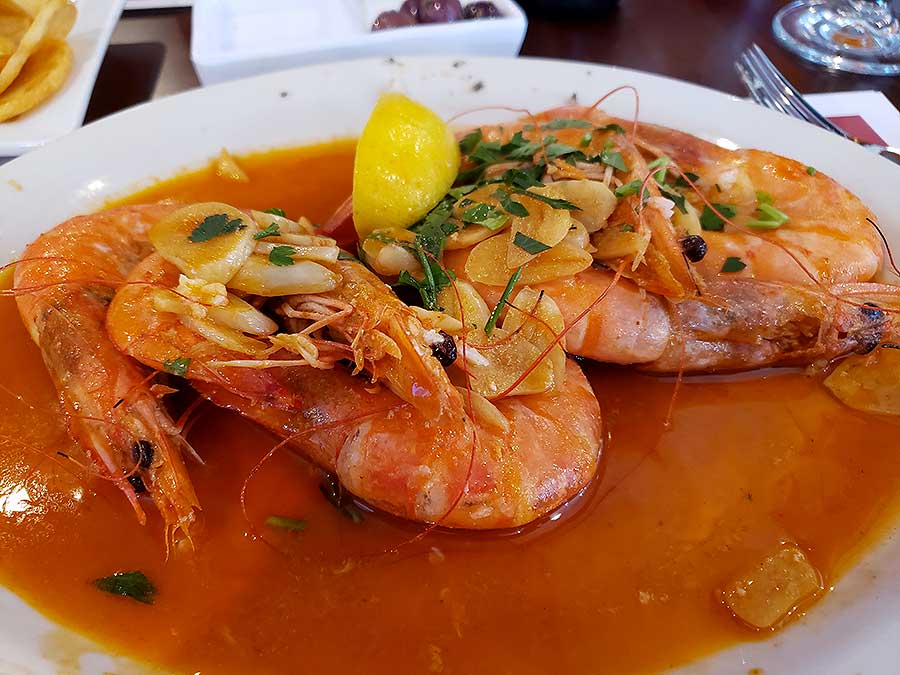

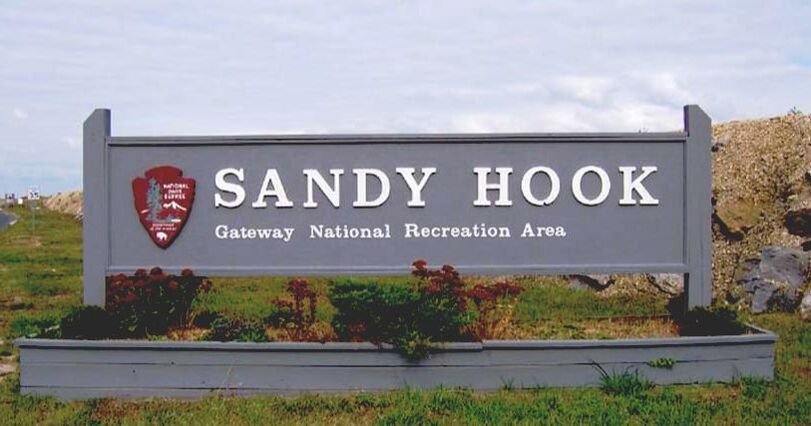
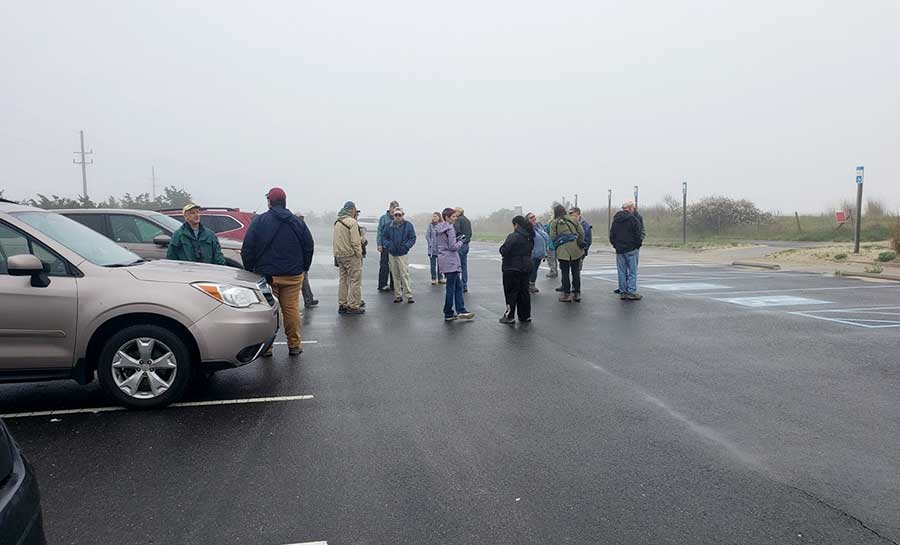
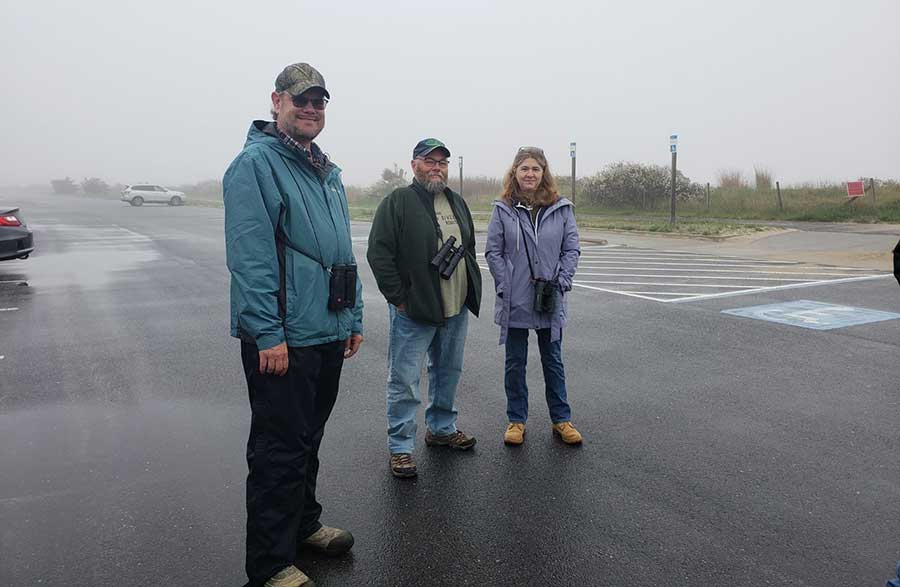
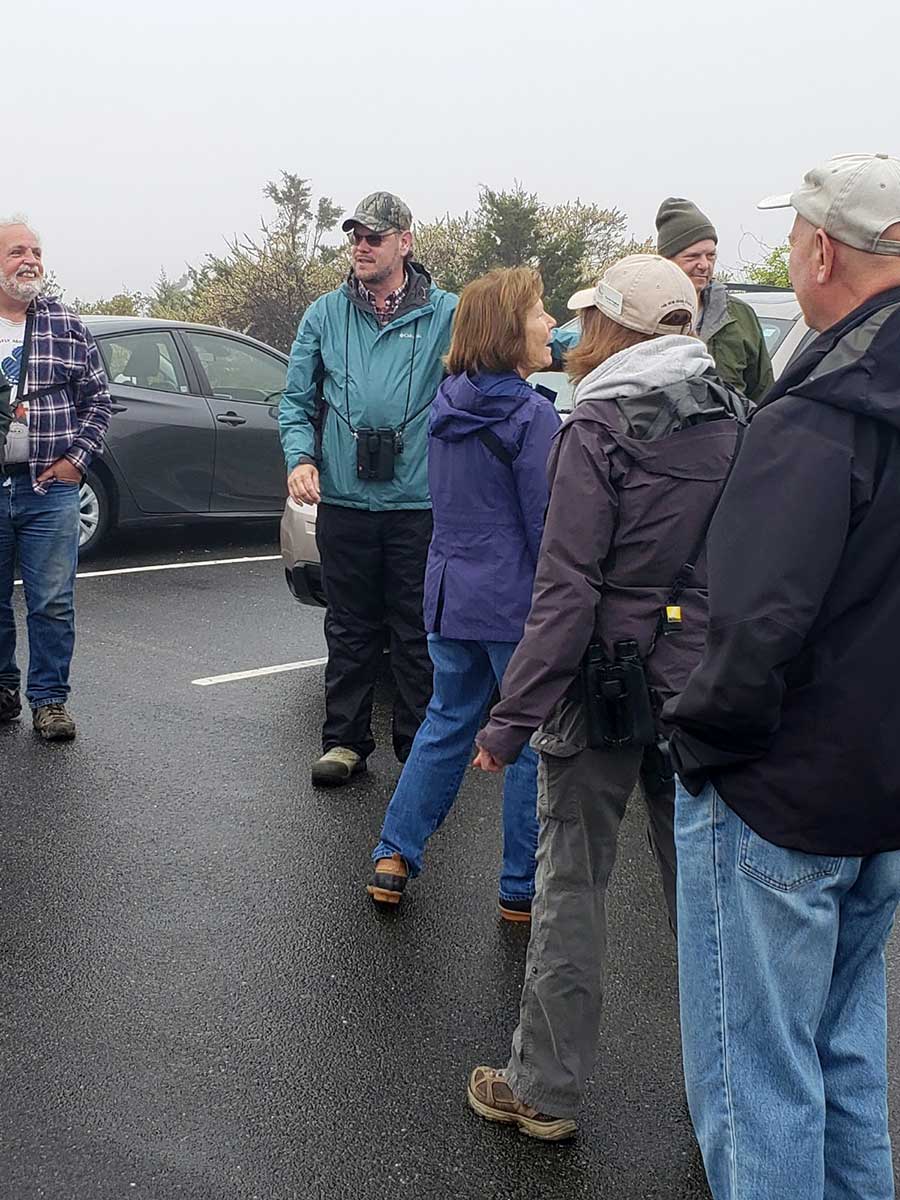
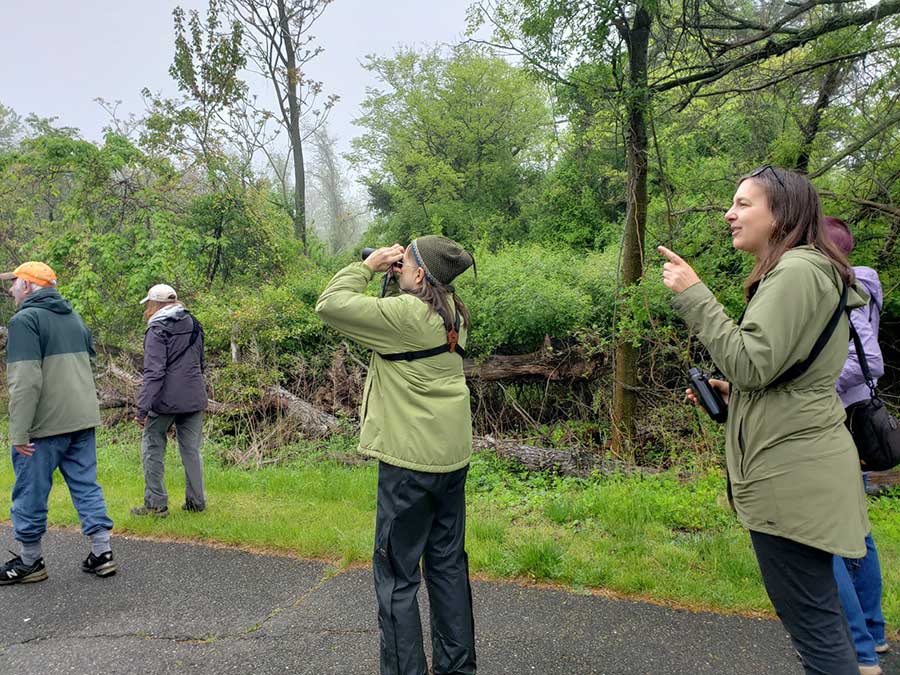
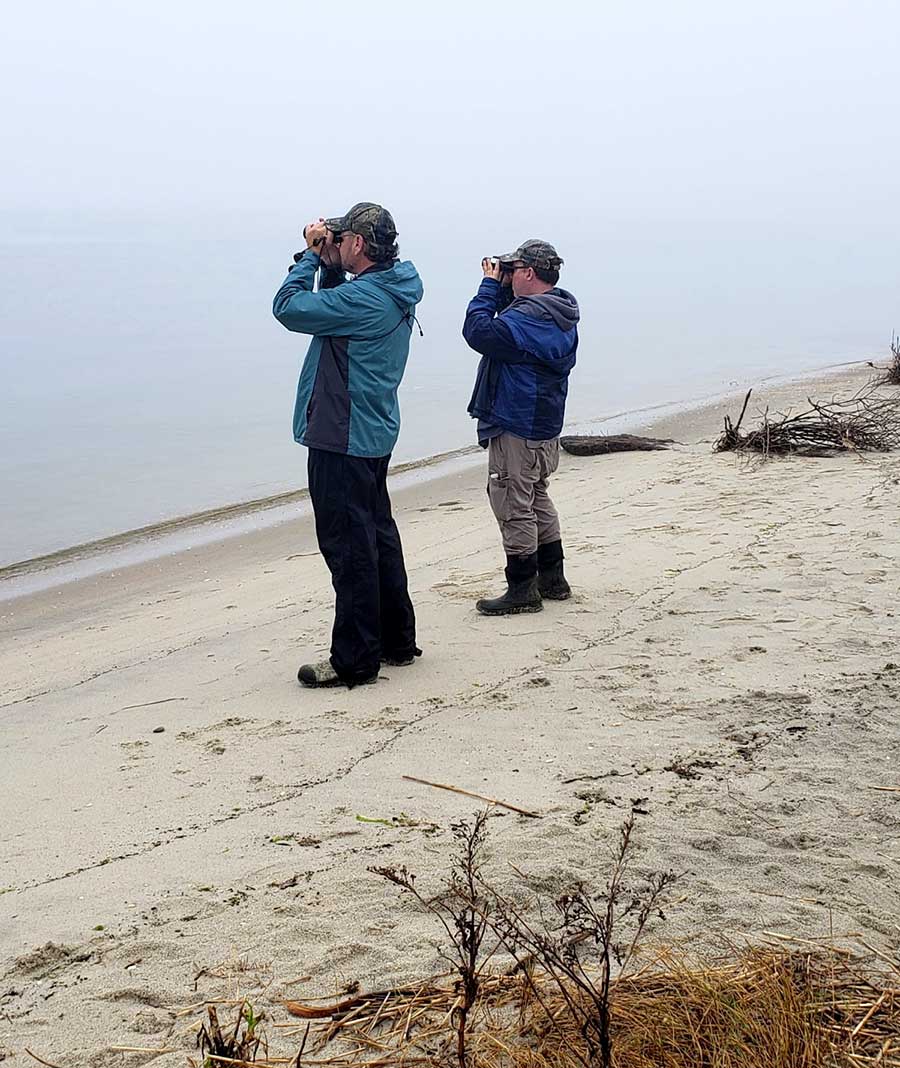
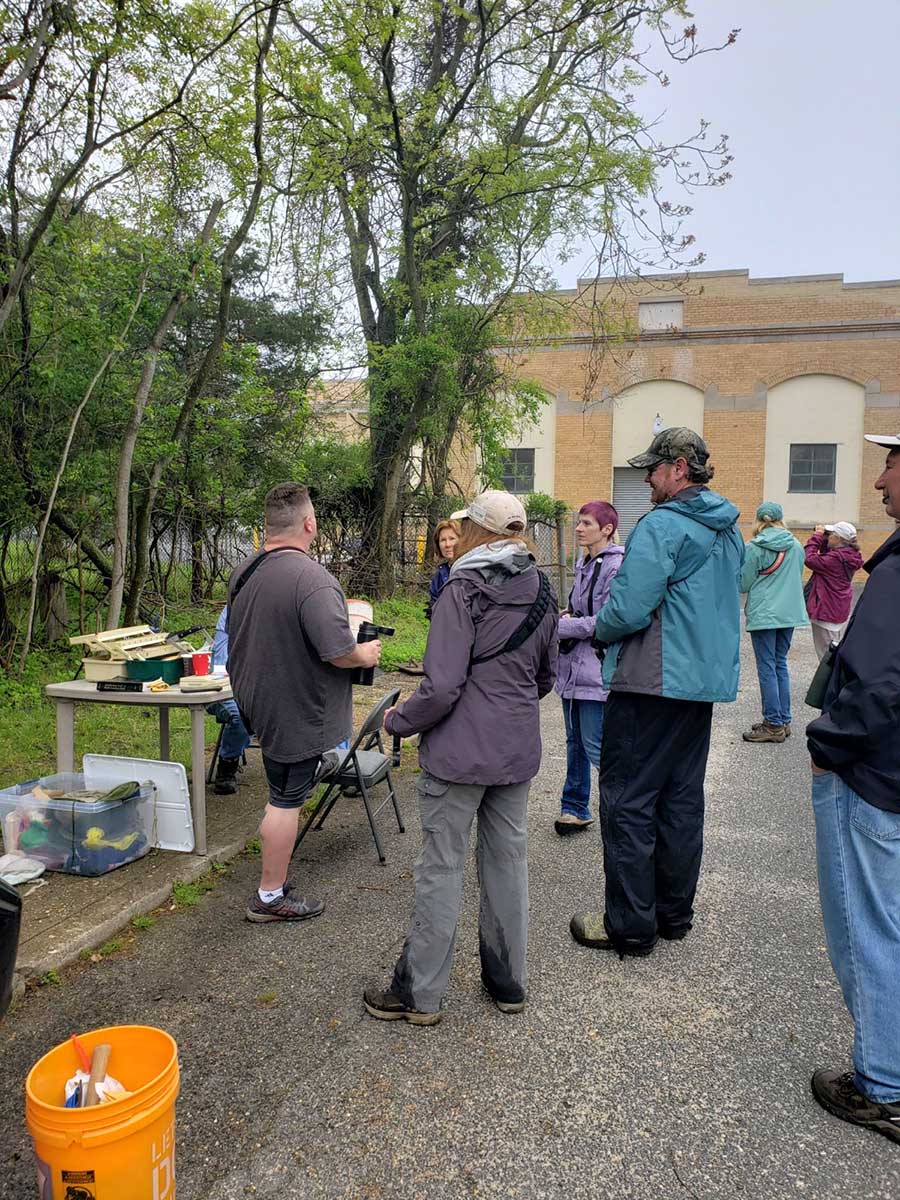
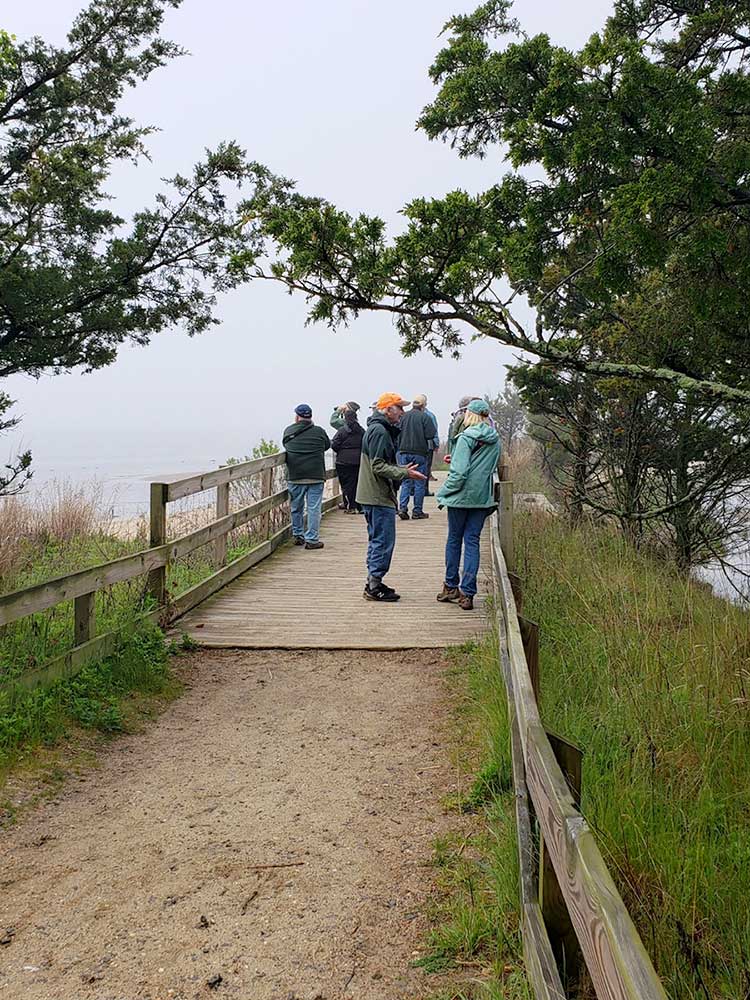
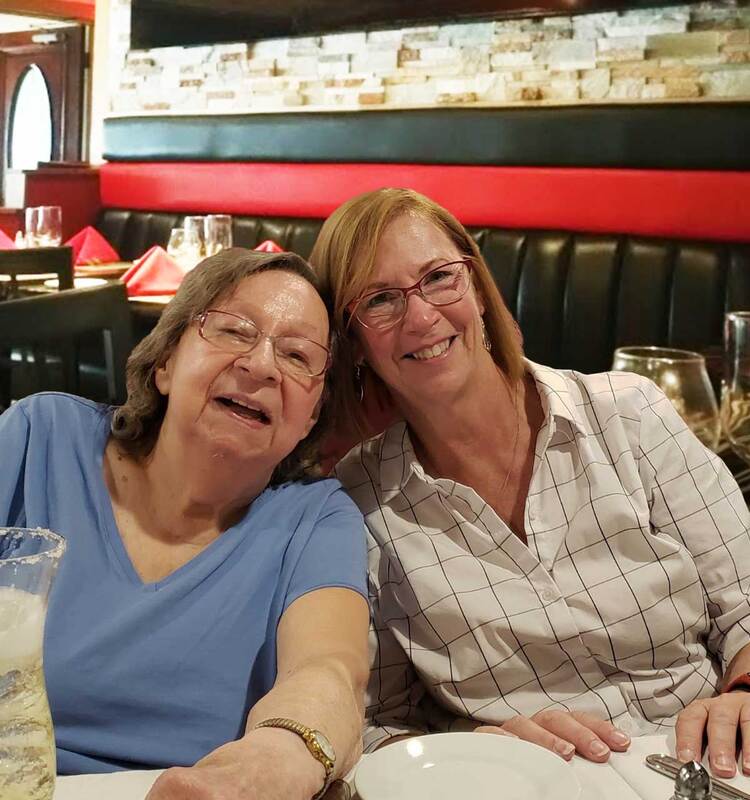
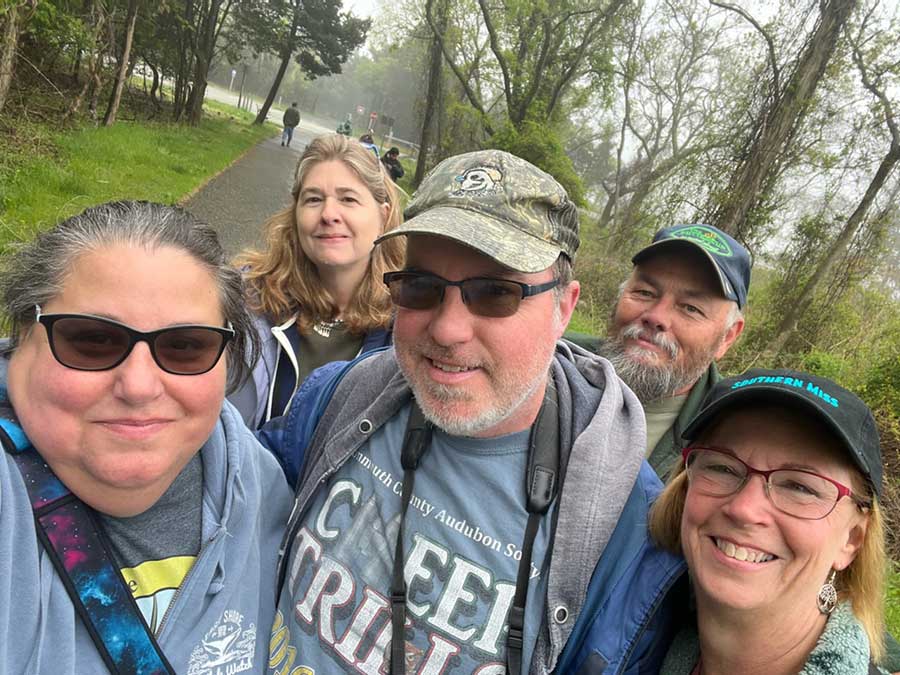


























 RSS Feed
RSS Feed























